Rise of endurance economy: decoding investment key for battery swapping cabinet market.
On the city streets in the early morning, countless two wheeled electric vehicles shuttle between buildings, and groups of metal cabinets quietly stand on the street corners. The flashing indicator lights and scanning sound interweave into the underlying password of the new energy network. The civilian two wheeled vehicle battery swapping market is rapidly reconstructing the urban travel ecology. Industry data shows that the daily demand for battery swapping in China has exceeded 10 million times, and the number of equipment installations has increased by 700% in three years. This silent energy revolution is giving birth to a trillion level market space. For investors, this is not only a competition for hardware equipment, but also a strategic position for the discourse power of urban energy networks.
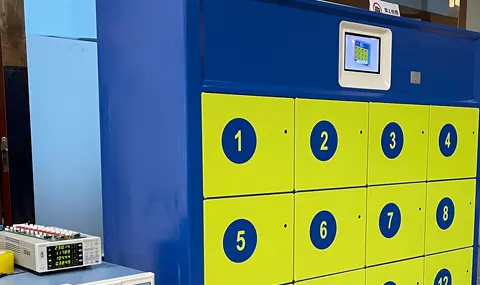
Policy and technology form a dual driving force. The national level fire safety regulations have forced the reform of charging methods, and many local governments have included battery swapping facilities in urban new infrastructure planning, clarifying standards and subsidy policies for public place construction. On the technical side, key bottlenecks have been overcome: the intelligent battery management system has doubled its cycle life, the cabinet protection level has reached industrial standards, and the dynamic load technology has tripled the service capacity of a single cabinet. These breakthroughs have cleared obstacles for large-scale operation.
The operational system has become the core battlefield for value creation. The intelligent scheduling system optimizes battery circulation efficiency through real-time data analysis, balances supply and demand relationships through dynamic pricing models, and increases single point revenue by 70% through user layered operation strategies. The deeper value lies in the potential derivatives of the energy network: the exploration of battery asset securitization opens up new financing channels, the participation of charging and discharging strategies in grid peak shaving creates additional income, and the precipitation of travel data provides decision support for urban management.
The hidden risks during the market explosion period cannot be ignored. The competition for urban public spaces has driven up operating costs, with rental prices in core areas increasing by over 30% annually; There is uncertainty in technological iteration, and the new generation of battery technology may overturn the existing equipment system; The dynamic adjustment of policy standards requires continuous compliance investment. Successful players often adopt a composite model of "hardware+services+data", reducing layout costs by binding municipal resources and reserving technical upgrade interfaces to control iteration risks.
Prospective layout needs to focus on ecological construction. Early investors focus on equipment deployment density, while growth capital bets on improving operational efficiency, while strategic investors have begun to lay out energy management platforms and data services. Industry analysis shows that when the coverage of battery swapping networks reaches a critical point, the revenue from derivative services will surpass hardware revenue, forming an exponential growth curve. This means that the investment logic needs to transition from "equipment suppliers" to "energy service providers", occupying positions in electricity trading, energy storage applications, carbon asset management, and other dimensions in advance.
The charging cabinet is used by users to charge their own batteries. They need to unplug their own batteries, put them in the cabinet,
2025-03-21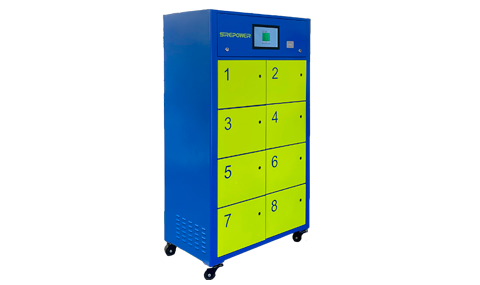
In order to solve the pain points of electric vehicle charging and endurance, efficient and convenient shared battery swapping cabinets have emerged.
2025-03-21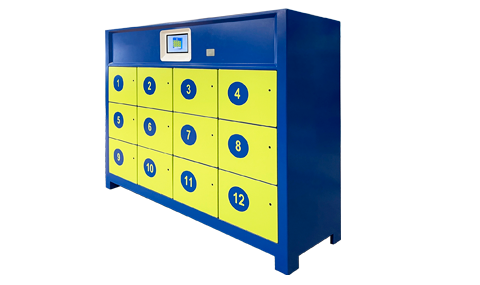
At present, the standardization progress of battery swapping cabinets is steadily advancing, and a series of specific standardization plans or standards will be introduced in the future to promote the standardized development of the industry.
2025-03-20
The number of electric bicycles is increasing, and how to safely and conveniently charge them is a problem for many people.
2025-03-20
In recent years, shared electric bicycles, as an emerging green mode of transportation, have quickly emerged as a new favorite in the urban short distance travel market due to their convenience,
2025-03-19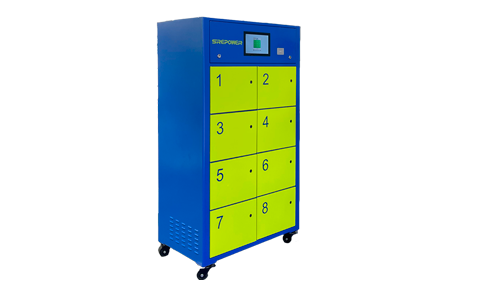
As an important component of the new energy field, the future development trend of battery swapping cabinets can be analyzed from the following aspects:
2025-03-19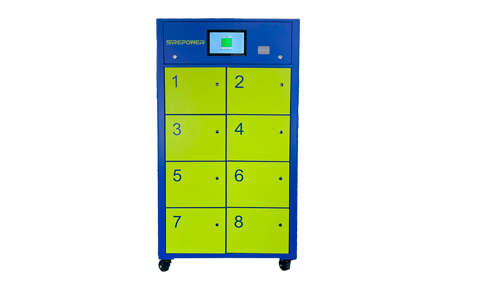
Estación Swap Estación de intercambio de batería de 12 gabinetes 15.8KW 8 Gabinetes Estación de intercambio de batería 10KW 5 Gabinetes 15.8KW estación de intercambio inteligente 10 Gabinetes 16.8KW Intercambio estación de carga 4 Gabinetes estación de conmutación de batería para E-Bikes y Scooters 12 Gabinetes Estación de intercambio inteligente de rack de carga
cargador rápido Pila de carga de columna-12KW estación de carga de columna de CA Pila de carga montada en pared de 12KW Post de carga de columna de CA de 7-20KW con carga de pistola doble 12KW AC carga pila-no pantalla Cargador de coche 120 / 160KW EV
Cargador portátil Cargador de batería portátil 1300W Cargador impermeable 2100W Cargador de batería doméstica de la serie 840W Cargador de batería portátil de la serie 300W 180W AC Home Charger cargador de batería de salida doble
Dirección:2-903, Building T2, Haiku Technology Building, Bao'an District, Shenzhen, Guangdong, China.
Teléfono:0755-23054220
Correo electrónico:Info@srepowerne.com
 WhatsApp Contact
WhatsApp Contact
Copyright @ China EV carga rápida fabricantes y empresas y proveedores y proveedor y proveedor-Energía SRE